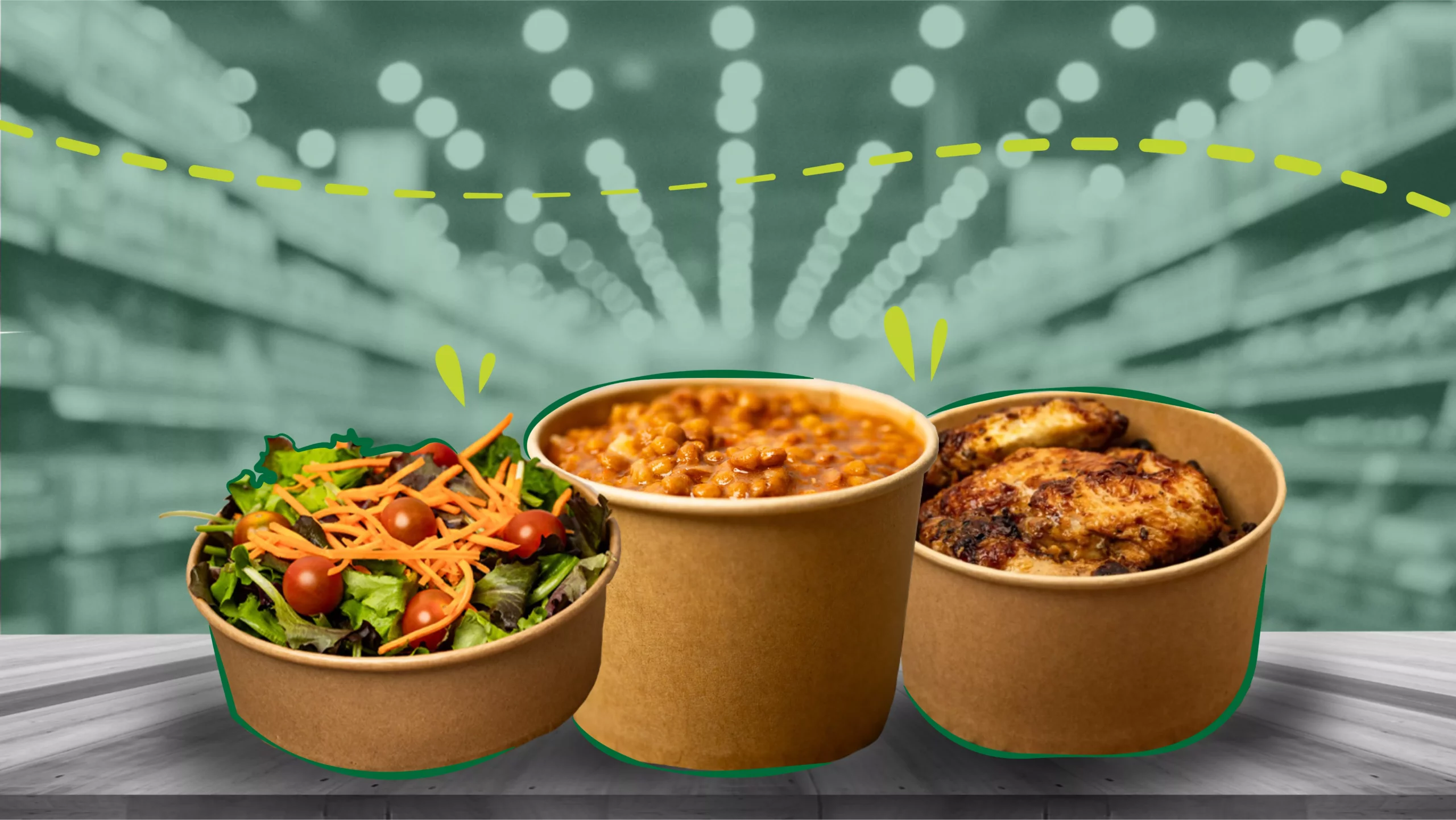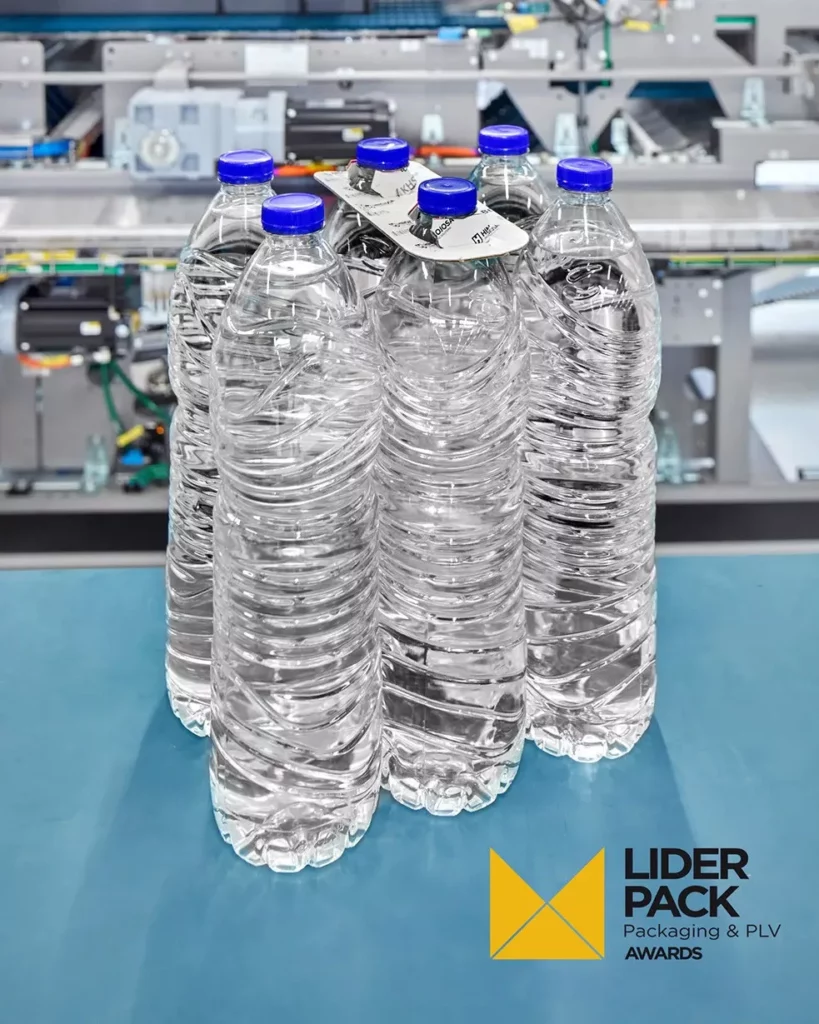Supermarkets have become fashionable
This term is fairly new — with its close Spanish equivalent “mercaurante” having been coined in 2019 at the Hospitality Congress of the Spanish Association for Commercial Coding (AECOC) — and has undeniably proved remarkably successful in the industry in recent years. In recent times, consumer lifestyles have changed completely, especially in big cities. The fast pace that dominates our daily lives generates new needs in the way we consume. The expansion of urban centres and the concentration of work areas, for example, has led to the need to eat quickly without having to travel and cheaply.
It’s this context that has given rise to grocerants. In the past, supermarkets were simply for buying fresh food to cook at home, but they’ve now become a space where that food can then be savoured as well. This phenomenon responds to the need to find a simple and quick solution for eating without having to resort to a fast-food restaurant.
Grocerants stand as evidence of how major supermarkets can achieve completion of the food cycle without leaving their own premises, reinforcing a trend that has been spreading in recent years: many consumers no longer visit supermarkets just for their weekly shopping — they also want ready-made takeaway meals, as well as quick and healthy options. The consulting firm Circana has shared some data in this regard, showing that ready meals in Spanish supermarkets and hypermarkets are a highly relevant aspect within the sector. More specifically, products from this industry and fourth-range or fifth-range options are generating an annual income of 1,848 million euros. Among the most popular are lasagne and ready-made cannelloni, closely followed by potato omelette and chilled salads.
The keys to the rise of grocerants: speed, healthy food and affordable prices
The data reflects the rise of this trend, but why has this new consumption method become so relevant? The development of grocerants is a perfect illustration of consumer interest in healthy food. Whereas in the past, consumers were more likely to indulge in fast food due to lack of time and budget, they are now more concerned with ready meals that are easy to eat on the spot but also healthy. The emergence of grocerants means the arrival of a new option, with a wider variety of healthy products.
Another key factor that has favoured their expansion in the Spanish market is their attractive prices, linked to savings in service costs that reduce the total bill.
New forms of consumption are challenging the packaging sector
Trends and new social contexts have led to major changes in the catering sector in recent years. At present, according to the study shared by Circana, 43% of total spending in this sector comes from so-called ‘off-premise options’, i.e. delivery, self-service and home delivery. This focus within the sector has a direct impact on the development of grocerants, which already account for 23% of the market share according to the latest data.
This new situation poses a challenge for the packaging sector, which must adapt to the new needs generated by this trend, leading to redesigned containers and packaging that guarantee the quality of the products and use sustainable, easily recyclable materials, minimising the impact of this type of rapid consumption. While the emergence of delivery has brought major challenges, the catering sector — targeting grocerants — is the main player at present.
We at Hinojosa seek to respond to this challenge through our catering range, which comprises 100% recyclable packaging for beverages and prepared foods. Its design, which focuses on the sustainability of the food industry, allows consumers to continue to take care of their environment as well via these new options, achieving reduced plastic consumption. Another example of our adaptation to this new trend is Hinojosa’s collaboration with the food company Ametller Origen. On its shelves you can find its entire range of ready meals in Halopack’s sustainable packaging, made from recycled cardboard, which eliminates 80% of single-use plastic.



